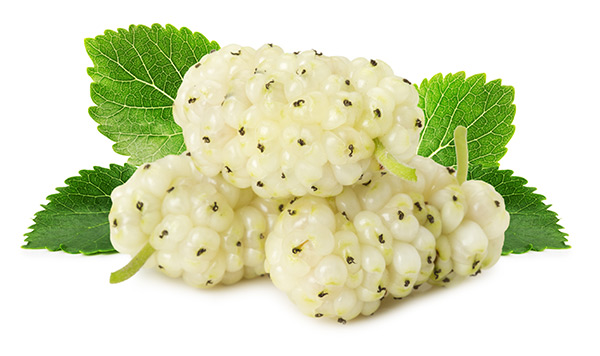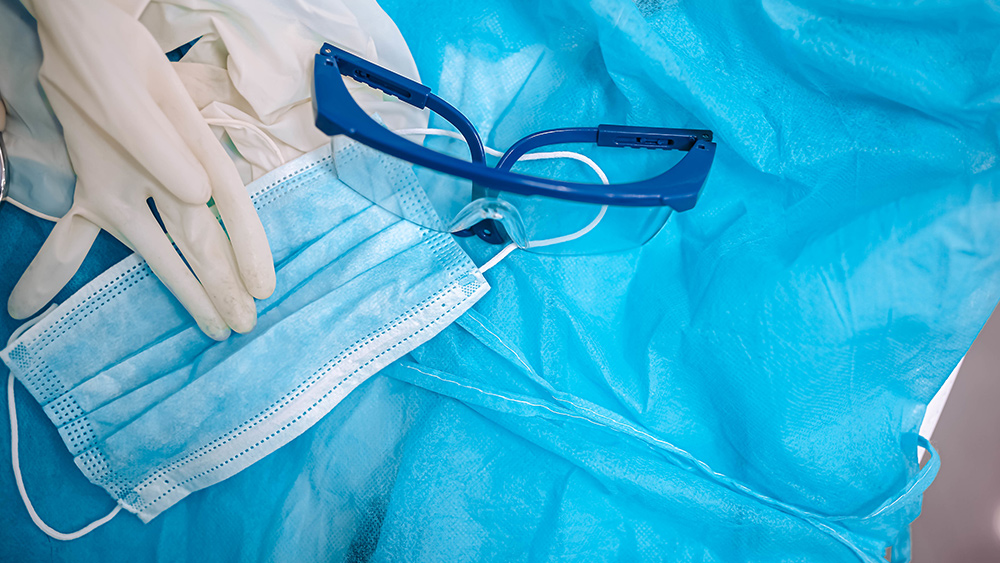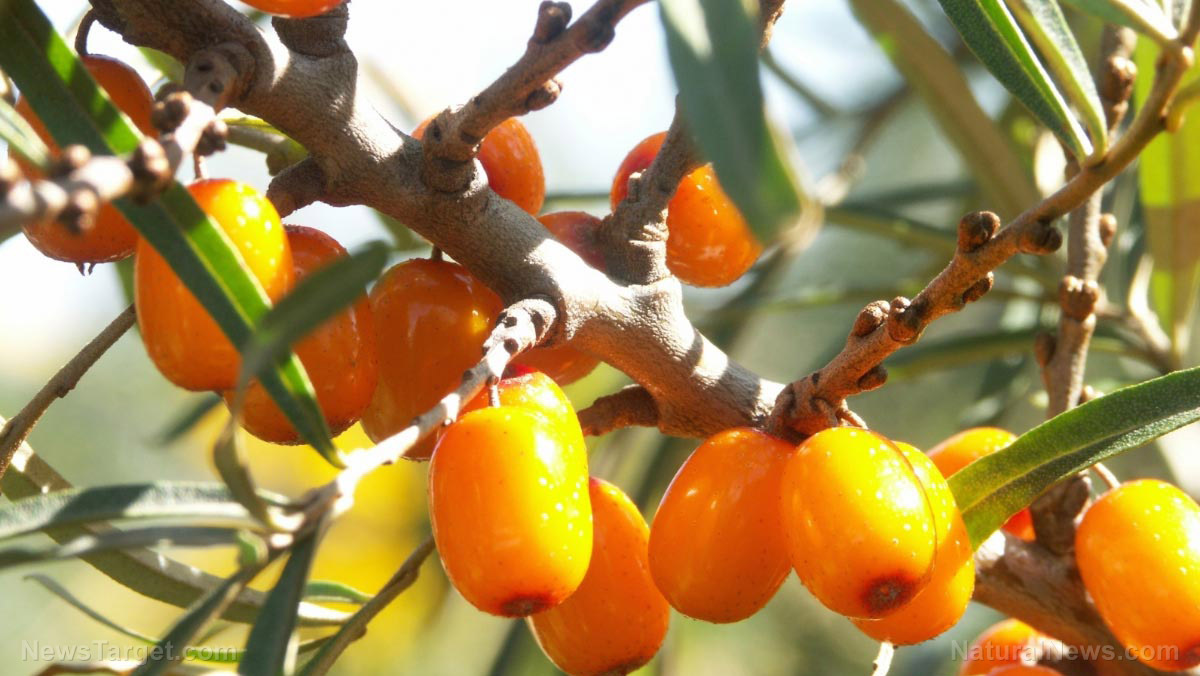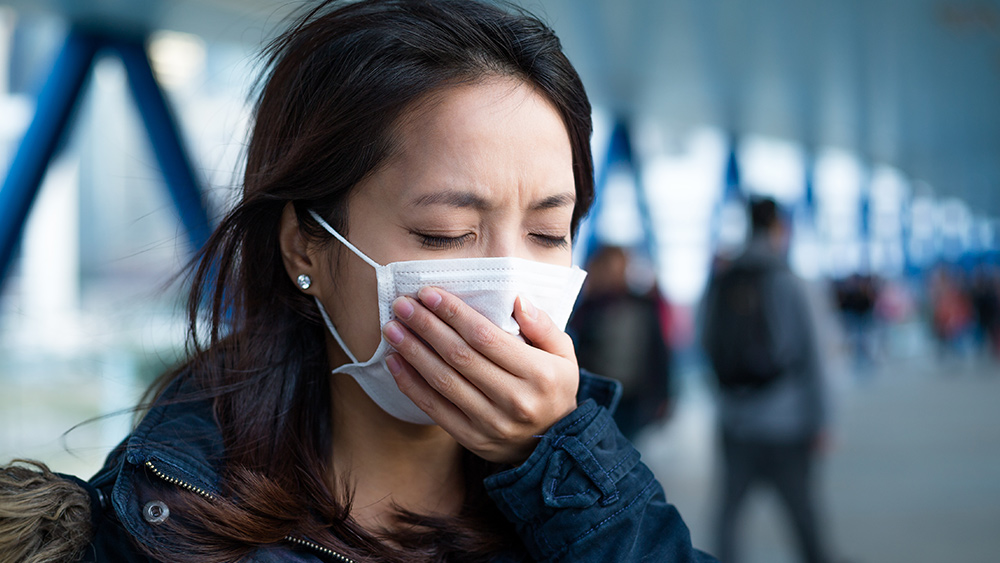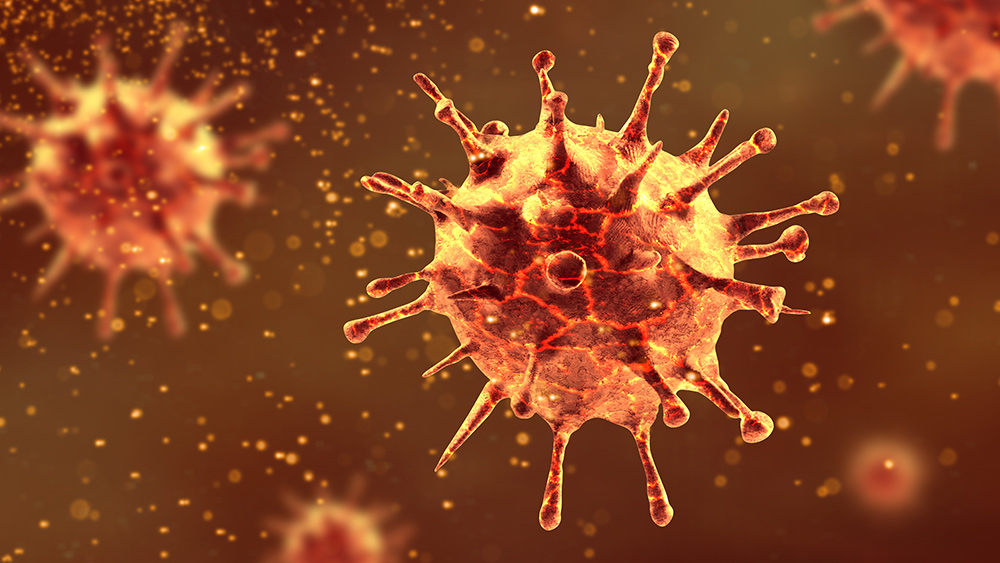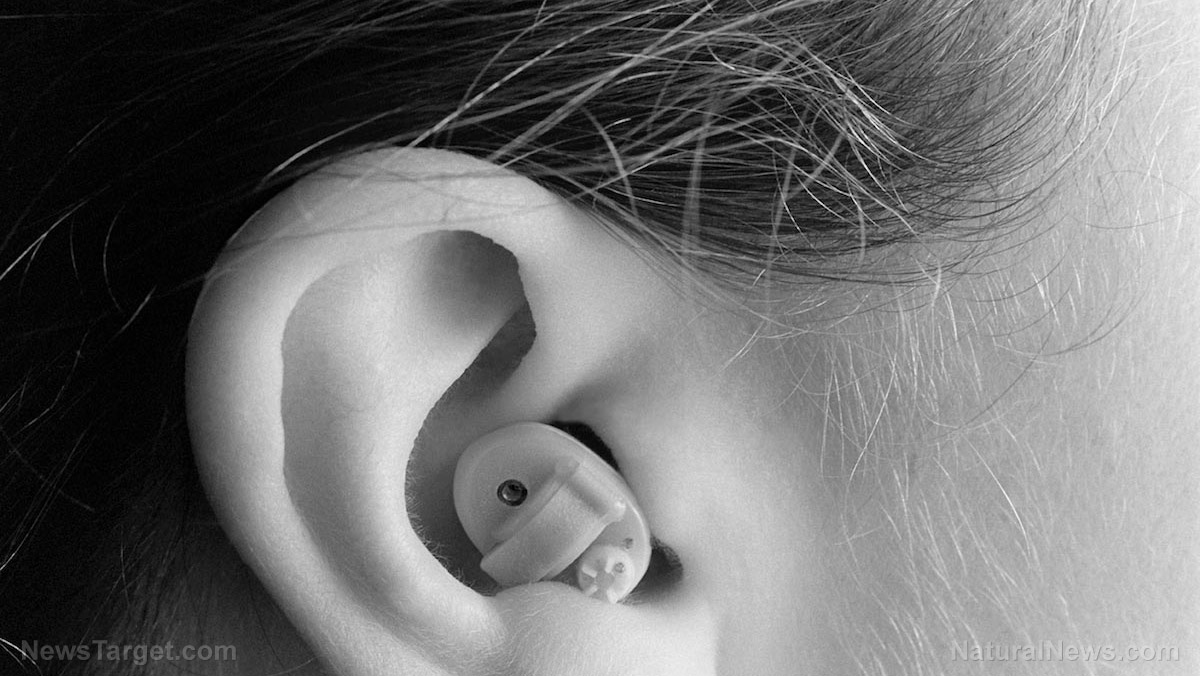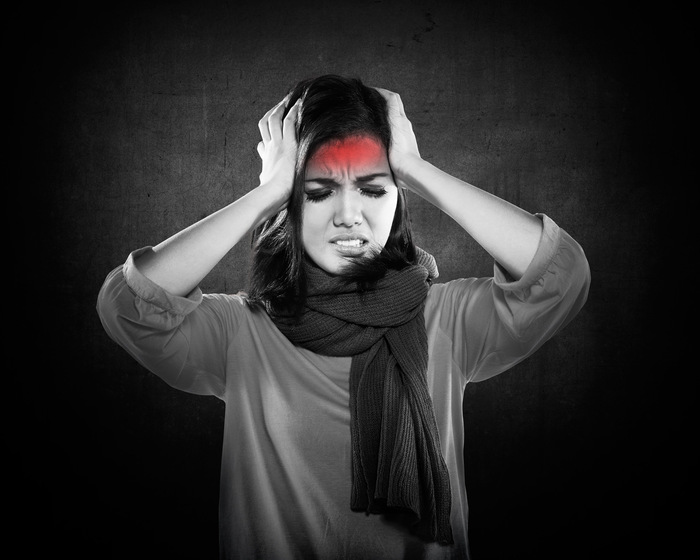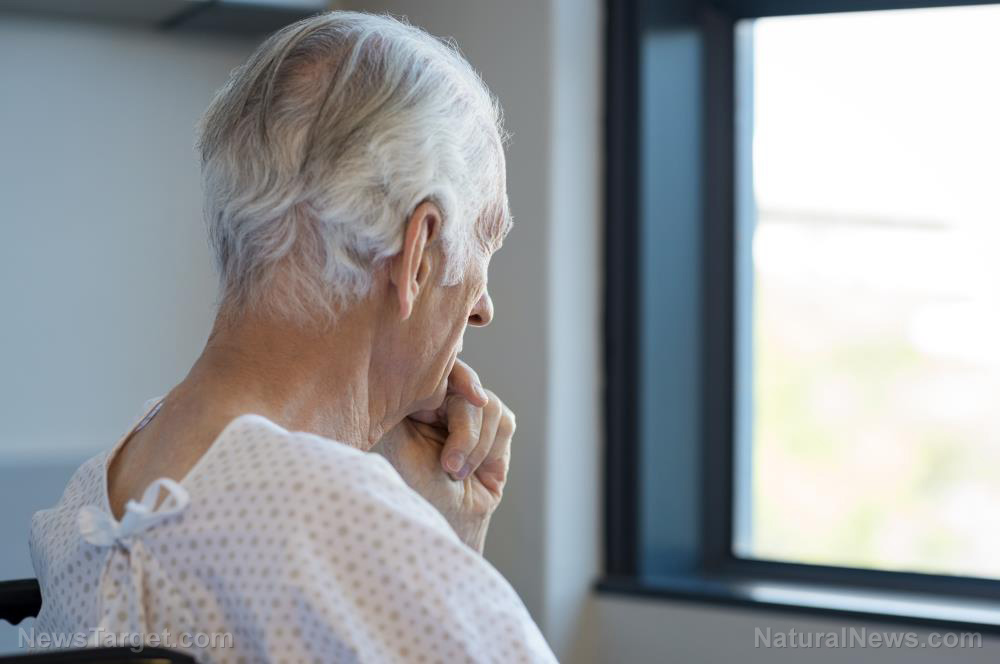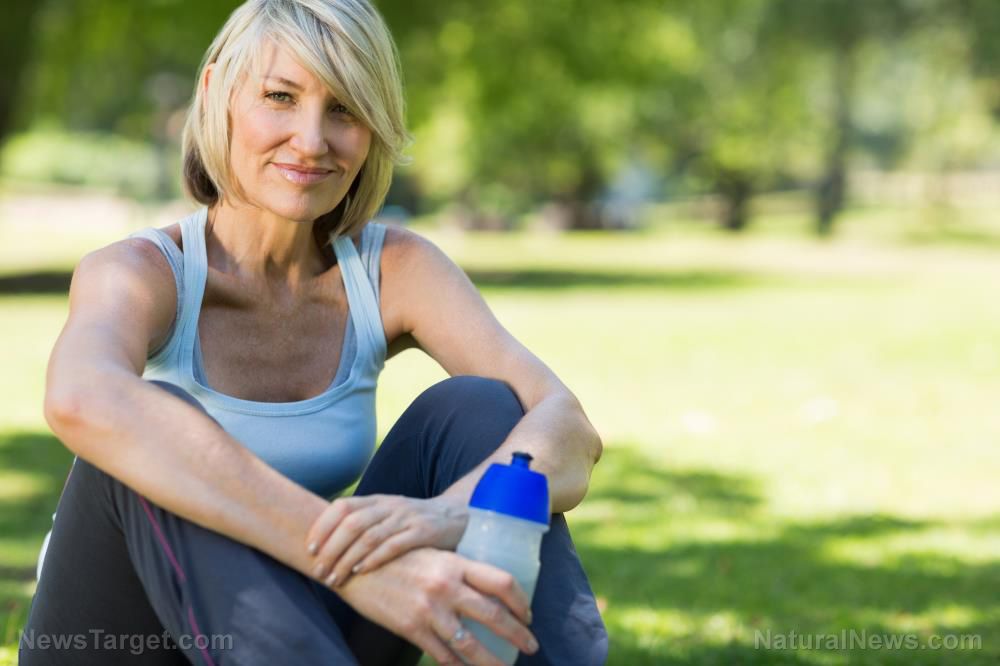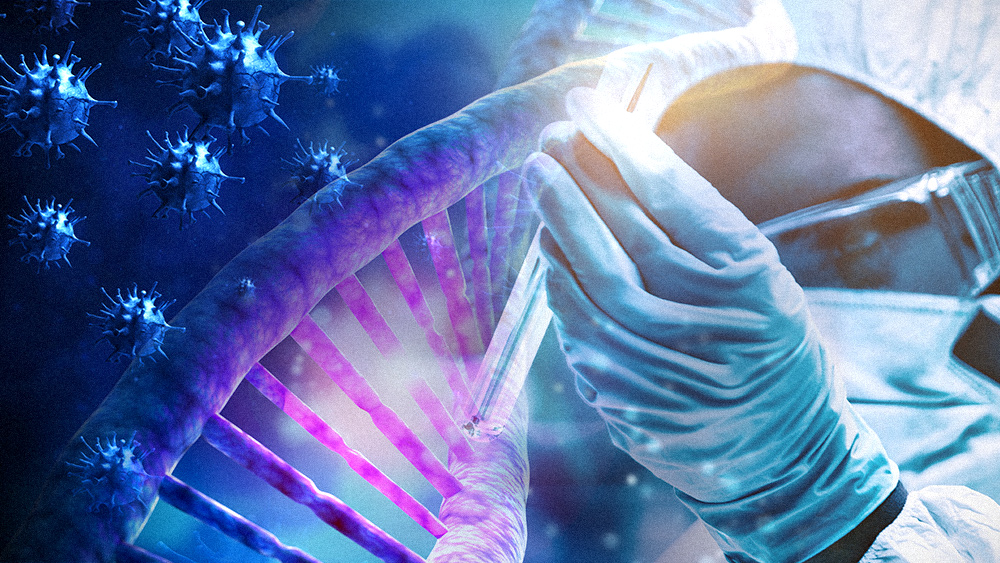Solanum surattense and its hepatoprotective activity against oxidative stress
06/02/2020 / By Evangelyn Rodriguez

Researchers from Saudi Arabia and Sudan evaluated the antioxidant, anti-apoptotic and hepatoprotective potential of Solanum surattense (thorny nightshade) leaves total ethanol-extract (SSEE). Their findings were published in the BMC Complementary and Alternative Medicine.
- More than 35 plants native to Saudi Arabia are traditionally used to treat liver disorders, but most of them lack scientific validation.
- The researchers assessed the in vitro cytoprotective and anti-apoptotic potential of SSEE (25 to 200 mcg/mL) using cultured HepG2 cells treated with cytotoxic dichlorofluorescein (DCFH).
- To evaluate its hepatoprotective activity in vivo, they used rats treated with carbon tetrachloride (CCl4).
- The researchers also performed DPPH radical scavenging assay and linoleic acid bleaching assay to analyze SSEE’s antioxidant activity.
- Additionally, they analyzed the phytochemical composition of SSEE using high-performance liquid chromatography.
- The researchers reported that SSEE (50, 100 and 200 mcg/mL) protected and increased HepG2 cell proliferation by inhibiting DCFH-induced caspase-3 and -7 expression.
- In CCl4-injured rats, SSEE (20 mg/kg) significantly normalized serum transaminases, alkaline phosphatase, bilirubin, cholesterol, triglycerides and total protein, including tissue malondialdehyde and non-protein sulfhydryls levels.
- SSEE also showed strong in vitro antioxidant and anti-lipid peroxidation activities due to the presence of alkaloids, flavonoids, tannins, sterols and saponins.
- The researchers attributed the antioxidant and hepatoprotective properties of SSEE to the presence of B-sitosterol (3.46 mcg/mg).
Based on these findings, the researchers concluded that S. surattense can protect against chemical-induced oxidative stress and liver damage.
Read the full study at this link.
Journal Reference:
Parvez MK, Al-Dosari MS, Arbab AH, Alam P, Alsaid MS, Khan AA. HEPATOPROTECTIVE EFFECT OF SOLANUM SURATTENSE LEAF EXTRACT AGAINST CHEMICAL- INDUCED OXIDATIVE AND APOPTOTIC INJURY IN RATS. BMC Complementary and Alternative Medicine. 03 July 2019;19(1). DOI: 10.1186/s12906-019-2553-1
Tagged Under: alternative medicine, antioxidants, liver damage, liver health, natural cures, natural medicine, oxidative stress, phytonutrients, plant medicine, prevention, remedies, research, surattense nightshade, thorny nightshade
RECENT NEWS & ARTICLES
COPYRIGHT © 2017 RESEARCH NEWS



